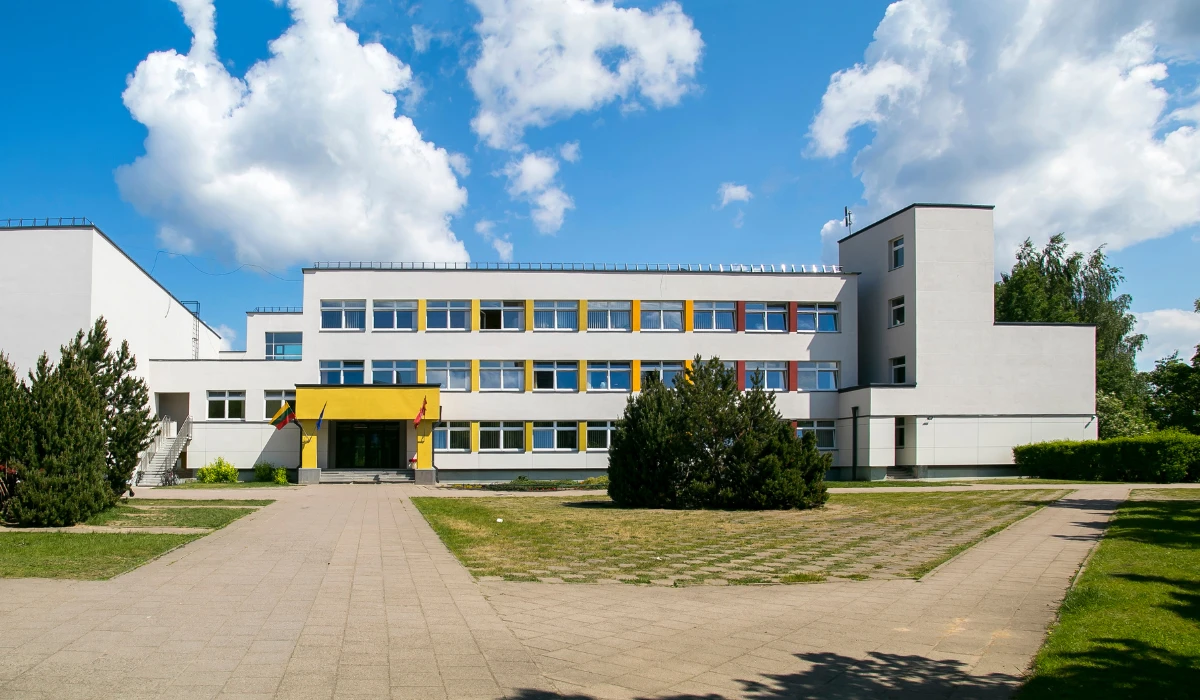The state wants its money back!
In mid-February 2025, approximately 390 school districts across New York State received an unexpected notice from the State Education Department. These districts were informed that they would collectively lose around $25 million from their upcoming state aid payments due to overpayments that occurred between the 2011-12 and 2017-18 school years for services provided to special education students.
However, 255 other school districts discovered they had been underpaid during the same period, amounting to a collective shortfall of $11 million. According to an analysis by the Association of School Business Officials (ASBO), New York State owes more than $300 million in outstanding claims to schools across the state. Unfortunately for these underfunded districts, they are unlikely to receive the money any time soon due to a complicated and antiquated accounting practice known as “prior year adjustments.”
The State Education Department regularly distributes funds to school districts throughout the year, both as direct aid and as reimbursements. Since school budgets are often based on estimated expenditures, discrepancies sometimes emerge between projected and actual costs. When the department identifies such differences, it settles them through adjustments to future aid payments.
However, any changes identified more than a year after the relevant school year must be handled as prior year adjustments. This means that overpayments result in deductions from upcoming aid payments, while underpayments put districts in a lengthy queue, where claims are processed on a first-come, first-served basis.
According to state data, nearly 4,000 outstanding claims remain in the queue, with some dating as far back as February 2012. School administrators argue that the system is inherently unfair. Brian Cechnicki, executive director of ASBO, noted, “These claims are born and graduate high school before they get paid.”
Before 2021, the state legislature set aside around $18 million annually to gradually clear the backlog of claims. This money was distributed to districts with the oldest claims, ensuring no single district received more than 40 percent of the total allocation. However, the state cut this funding amid the economic downturn caused by COVID-19 and has not reinstated it since. Consequently, the queue of unpaid claims has only grown.
Although the legislature recently proposed allocating $18.6 million to address the backlog, the line item did not make it into the final budget passed last week. Even if it had been included, ASBO calculated that it would take 19 years to eliminate the current queue at that rate.
The funds at stake are relatively small compared to New York’s $36 billion education budget, but for districts struggling with rising costs and budgetary uncertainties, every dollar counts. Assemblymember Gary Pretlow, who advocated for resuming payments, described the situation as deeply unfair. “I have a particular problem with half of my assembly district,” said Pretlow, whose district includes parts of Westchester County. “The city of Mount Vernon is owed $4 million right now, and they’re in dire need of cash to the point where they have to borrow money from themselves to make ends meet for the next school year.”
District leaders are finding it increasingly difficult to plan their budgets amid such uncertainty. Andrew Tobin, the assistant superintendent for finance and operations in Smithtown, Long Island, expressed his concerns: “My assumption as a business official here is we can’t count on that money because there’s no guarantee we’ll get it. And if we do get it, how long are we looking at?”
Education advocates are calling on the state to include future claims as part of regular aid payments and commit to eliminating the current backlog within the next few years.
(Source: NYSfocus.com)





